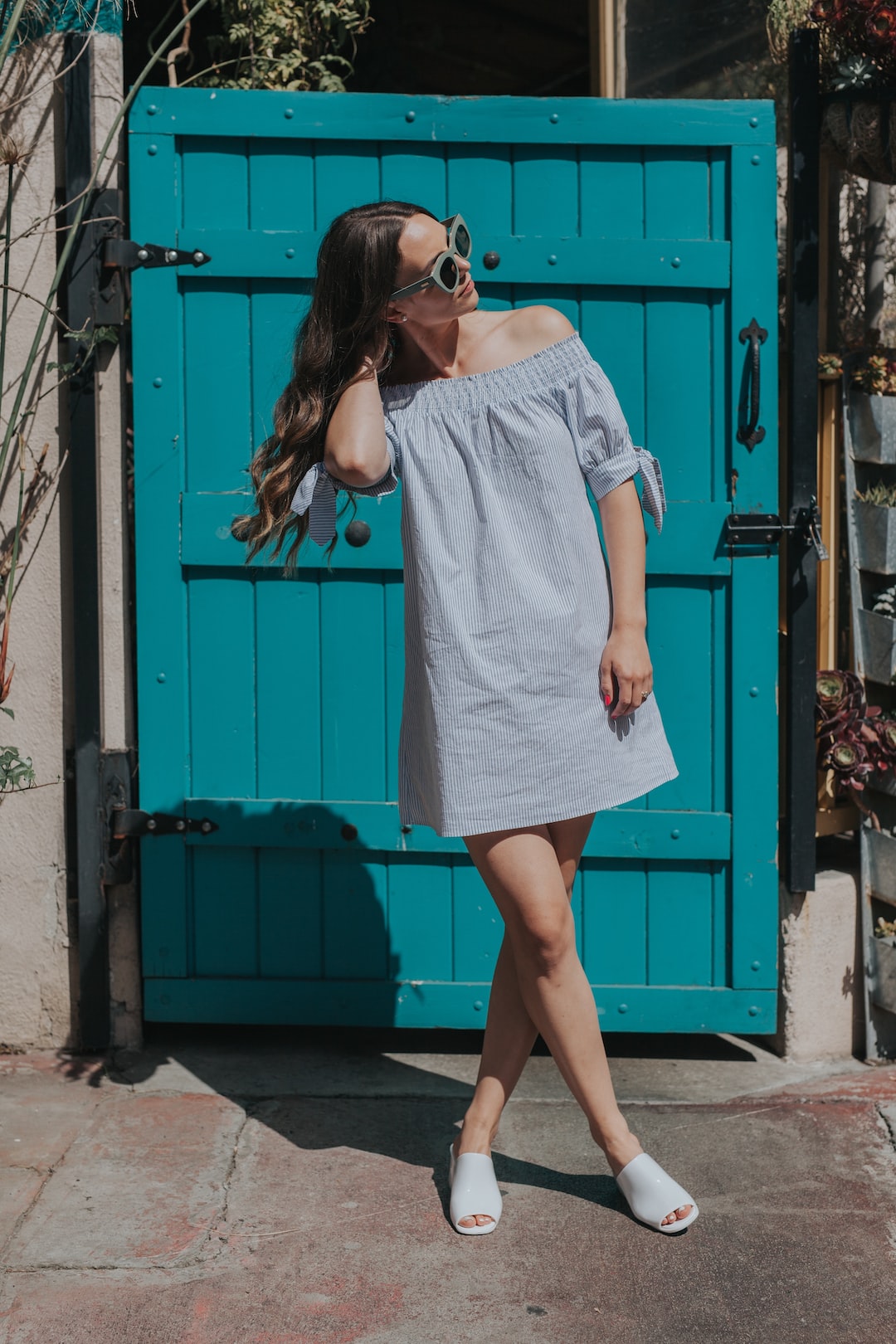The Dos and Don’ts of Color Combining in Your Outfits
When it comes to creating stylish and eye-catching outfits, one of the most essential elements to consider is color combining. The right combination of colors can elevate your look and make a powerful fashion statement, while the wrong combination can be visually jarring and unflattering. If you want to master the art of color combining in your outfits, here are some dos and don’ts to keep in mind.
Do: Understand the Color Wheel
Before you start experimenting with color combinations, it’s crucial to have a basic understanding of the color wheel. The color wheel acts as a guide for understanding how colors relate to and interact with each other. It consists of primary colors (red, blue, and yellow), secondary colors (green, purple, and orange), and tertiary colors (red-violet, blue-violet, blue-green, yellow-green, yellow-orange, and red-orange).
By familiarizing yourself with the color wheel, you can identify complementary colors (those opposite each other on the wheel), analogous colors (those adjacent to each other), and monochromatic colors (different shades or tints of the same color). This knowledge will help you make informed decisions when combining colors for your outfits.
Do: Experiment with Complementary Colors
Complementary colors are those that lie across from each other on the color wheel, such as blue and orange, red and green, or purple and yellow. These combinations create a strong contrast that can bring vibrancy and excitement to your ensemble. For example, a navy blue dress paired with a statement orange necklace can create a visually striking look. Just remember to balance the intensity of the colors to avoid overwhelming your outfit.
Do: Stick to a Color Scheme
One way to ensure your outfit looks well put together is to choose a color scheme and stick to it. This could mean wearing different shades of the same color (monochromatic), incorporating analogous colors, or selecting colors that are within the same family, such as earth tones or pastels. A harmonious color scheme will create cohesion and give your outfit a polished and cohesive appearance.
Don’t: Overdo It with Bold Colors
While bright and vibrant colors can make a bold statement, it’s important to use them wisely. Wearing too many bold colors together can create a chaotic or visually overwhelming effect. Instead, try using a bold color as a focal point in your outfit, pairing it with neutral tones to balance the overall look. For instance, a vibrant red handbag can be paired with a black or white outfit to ensure it stands out without clashing with the rest of your ensemble.
Don’t: Ignore Neutrals
Neutral colors such as black, white, gray, brown, and beige are a staple in any wardrobe due to their versatility and ability to match with almost any other color. Integrating neutrals into your outfits is a smart way to balance bolder colors while adding a touch of sophistication. Neutral tones can serve as a canvas upon which you can introduce pops of color through accessories or statement pieces.
Mastering the art of color combining in your outfits can be a game-changer for your overall style. By understanding the color wheel, experimenting with complementary colors, sticking to a color scheme, and using neutrals as a foundation, you can create visually pleasing and well-coordinated looks. Remember, fashion is about self-expression, so don’t be afraid to play with colors and have fun with your outfits!

